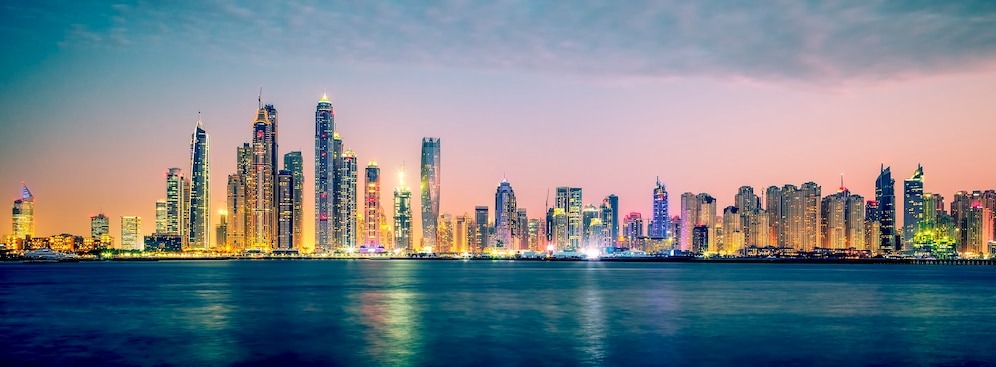Book Appointment Now

Addiction and treatment centers in the Gulf countries
Addiction and treatment centers in the Gulf countries, including the United Arab Emirates
The Dubai Customs Department announced the seizure of large quantities of narcotic drugs, which is the “largest” operation in terms of the size and quantity of seizures in the UAE. Dubai Customs said, in a tweet on Twitter, that “Jebel Ali Customs Center, affiliated with the Maritime Customs Centers Department, thwarted an attempt to smuggle about 1.5 tons of crushed Captagon, with a value of about 1.4 billion dirhams (equivalent to 381 million US dollars).” Captagon began to be manufactured as a drug in Germany in 1962, to treat hyperactivity and attention deficit disorder. It was used to treat predominant drowsiness attacks, a disease in which short bouts of deep sleep occur that can occur at any time of the day. It has become illegal in most countries since 1986. After the World Health Organization listed it as one of the prohibited things and has the greatest effect on the mind, addiction costs the state about four billion dollars annually (about 14 billion dirhams), while efforts to combat addiction cost about 600 million dollars annually, and treatment expenses amount to about 20 million dollars annually, in addition to the issues related to drug abuse. Drugs
Addiction and treatment centers in the Gulf countries, including the Sultanate of Oman
It is noteworthy that the penalty for drug use in Omani law is as follows: In Article 44: Anyone who: 1 - possesses, possesses, buys, sells, or He delivered or received narcotic substances or psychotropic substances from those listed in Tables No. (1, 2, 3, 4) of the first group and Table No. (1) of the second group, or a plant from the plants shown in Table No. (5) of the first attached group. This law, or gave it up, or exchanged it, or disbursed it in any capacity, or any of its parts or seeds, or interceded in any of that with the intention of trading, or traded in it in any way, in cases other than those permitted by law. . One academic study reached the following results that cannabis is the most widespread among users, in addition to the increase in the number of smokers among Omani youth, as the percentage among the members of the study sample reached approximately 29%, and that most of them are from the category of school and university students and researchers in the labor market. The results of the study that I published revealed The Ministry of Social Development on the issue of drug abuse among youth and children in Omani society stated that 71% of the youth and children included in this study had started using drugs for the first time with a bad friend, and 55% of the sample had used drugs for the first time with peers in the same age group. While the study indicated that a group of people being treated for addiction are still using drugs despite undergoing treatment programs, and that the youngest age for drug abuse for the sample included in the study is 12 years, as children and youth represent 69% of the total registered in the data of the Omani National Register of Drug Users.
Addiction and treatment centers in the Gulf countries, including the State of Qatar
Regarding the punishment for drug use in Qatar, Qatari law stipulates that anyone caught using narcotic substances for personal use and with his knowledge shall be punished with imprisonment for a period not exceeding one year and not less than six months and a fine not exceeding ten thousand riyals, or with both penalties. The types of drugs circulating in Qatar include Captagon, various types of stimulant amphetamines, hashish, heroin, and morphine. With the spread of all types of drugs and the diversity of their psychological, mental and physical effects, it has become more urgent to search for specialized centers for treating addiction inside and outside the country in parallel. The matter is not limited to centers for treating addiction for young people only, but it has become necessary to search for specialized centers for treating addiction for women, girls and adolescent girls as well, and here comes the role of Hayati Center for Addiction Treatment for Women
Addiction and treatment centers in the Gulf countries, including Saudi Arabia
The most widespread drugs in the Kingdom of Saudi Arabia are hashish, Captagon pills, and heroin, all of which are deadly substances that quickly lead to serious psychological, mental, and physical illnesses and lead to the spread of violence and crimes in society. It leads to disintegration, domestic violence or marital abuse. In statistics published in 2019, it was reported that about 7 to 8% of Saudis abuse drugs, especially Captagon tablets, alcohol, hashish, and heroin, making it the Arab country most in demand for narcotic substances. Research indicates that Captagon pills, which are small in size and easy to manufacture, are being produced in large quantities in Syria and Lebanon, supported by high Saudi market demand. The Kingdom of Saudi Arabia has become a lucrative market for drug traffickers, and has emerged as the drug consumption capital of the region, as described by the American magazine Foreign Policy.






